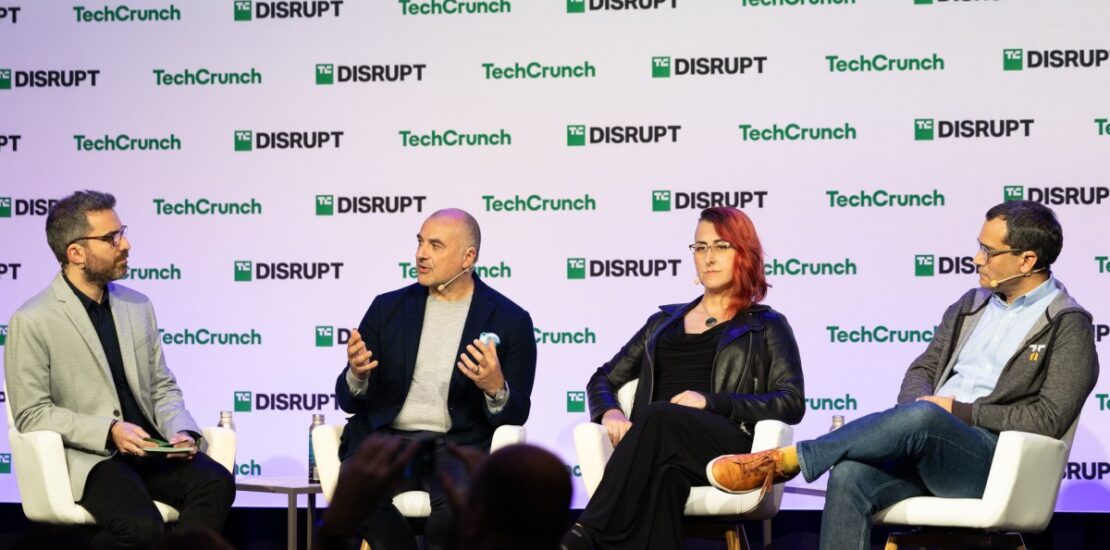How to make open source software more secure
- November 4, 2024
- Posted by: chuckb
- Category: TC Security

Earlier this year, a critical cybersecurity incident was uncovered involving XZ Utils, an open source utility integral to nearly all Linux operating systems. A developer from Microsoft identified that a backdoor had been covertly inserted into the code, illustrating a severe vulnerability in the open source community. This malicious undertaking began two years prior when an individual, known by the alias JiaT75, began contributing to the XZ Utils repository on GitHub. A leading cybersecurity expert referred to this incident as a “nightmare scenario,” characterizing it as one of the most sophisticated supply chain attacks observed to date.
This breach highlights a recurring theme in the world of open source software, which has previously faced significant security challenges exemplified by infamous exploits such as Heartbleed, Shellshock, and Log4j. These events underline the inherent risks associated with open source projects, emphasizing the need for robust security measures in an environment where such software is extensively utilized across various applications.
At TechCrunch Disrupt 2024, a panel discussion featuring key figures from the tech industry focused on the pressing issues surrounding open source software security. Participants included Bogomil Balkansky from Sequoia Capital, Aeva Black from the U.S. Cybersecurity and Infrastructure Security Agency (CISA), and Luis Villa, co-founder of Tidelift. The conversation highlighted the necessity of addressing vulnerabilities within open source software as it serves as a foundational component of modern software systems.
Aeva Black made a metaphorical comparison that underscored the realities of managing open source software: “open source is not free like pizza; it’s free like a puppy.” This analogy emphasized that while open source software can be freely used, it requires significant care and maintenance, without which it can lead to greater problems.
Balkansky referred to open source software as the “lifeblood of software,” indicating its essential role in technology today. However, he noted the challenges in establishing a sustainable business model for its maintenance and security, pointing out that the current framework remains underdeveloped.
A key question raised during the discussion was centered around responsibility for securing open source software. Villa proposed a collaborative approach wherein companies could financially support open source maintainers to ensure ongoing care and address vulnerabilities proactively.
CISA’s involvement, as explained by Black, includes launching initiatives that outline best practices for businesses regarding the deployment of open source software. She reiterated the agency’s commitment to functioning as an active participant within the open source community, advocating for the notion that open source software should be seen as a public good.
Looking toward the future of open source security, Balkansky suggested that effective solutions must also embrace open source principles, alongside the acknowledgment that no single solution can address all security concerns. Villa added that a multifaceted approach is essential, emphasizing the need for “defense in depth,” suggesting that multiple layers of security measures should be implemented.
Black concluded by stressing the importance for software developers to track the open source components integrated within their products. She called for improved engagement mechanisms that would facilitate easier management of open source assets, thereby reducing the burden on individual volunteer maintainers and nonprofit organizations involved in these initiatives. This collaborative effort is vital to the overall integrity and security of the open source software landscape.
